
You probably wonder how long does dash cam footage last before it gets overwritten. Most dash cams, including the Botslab G980H, use loop recording. This means footage gets replaced once your SD card is full. For example, a 128GB SD card can save up to 24 hours of 1080p video. If you use a 512GB card, you can keep up to 72 hours. The amount of time depends on your video quality, SD card size, and special features like emergency recording. If you want to keep important clips safe, you can use larger storage or enable emergency recording.
Key Takeaways
- Dash cam footage stays until the SD card is full. Loop recording deletes the oldest files first. This way, you always have the newest footage.
- Video quality and SD card size change how long you can record. Lower video resolution saves space. A bigger SD card lets you keep more hours of footage.
- Emergency recording keeps important videos safe. The G-sensor locks clips if there is a crash or sudden stop. This stops them from being erased.
- Back up your dash cam videos often to avoid losing them. Move files to your computer or cloud storage. This keeps your important footage safe.
- To get the most storage, format your SD card every few months. Pick Class 10 cards for the best results.
How long does dash cam footage last

Factors Affecting Recording Duration
When you ask how long does dash cam footage last, you need to look at several important factors. Each one can change the recording time you get from your dash cam. Here are the main things that affect how long your dash cam footage lasts before it gets overwritten:
| Factor | Explanation |
|---|---|
| Video Resolution | Higher resolution means clearer video, but it uses more space. Lower resolution, like 720p, can give you up to 50% more recording time. |
| SD Card Capacity | A bigger SD card gives you more total storage capacity, so you can save more hours of video. |
| Bitrate | Higher bitrate makes better quality video, but it fills up your card faster. |
| Audio Recording | Turning off audio can save a little space and increase recording time. |
| Lighting Variability | More changes in lighting use more storage. |
| Metadata | GPS and G-sensor data use a small amount of space. |
| Dual Files | Some dash cams record two files at once, which uses more storage. |
Tip: If you want to maximize your recording time, choose a lower video resolution and turn off audio recording when you do not need it.
SD Card Size and Video Quality
The size of your SD card and the video quality you select have the biggest impact on how long does dash cam footage last. The Botslab G980H, for example, supports up to 512GB SD cards and records in 3K for the front camera and 1080p for the other cameras. Let’s look at how different SD card sizes and resolutions affect your recording time:
| SD Card Capacity | 1080p (hours) | 3K/4K (hours) |
|---|---|---|
| 32GB | 1.4–1.7 | 1.4 |
| 128GB | 6–24 | 3–6 |
| 512GB | 22–72 | 12–22 |
You can see that a 128GB card can hold about 16–20 hours of 1080p video, but only about 3 hours of 4K video. If you use the highest quality, your total storage capacity fills up much faster. The Botslab G980H lets you choose your settings, so you can balance video quality and recording time.

Note: The total storage capacity of your SD card sets the maximum recording time. When the card is full, loop recording starts overwriting the oldest files.
How Loop Recording Works
Loop recording helps you never miss a moment. Your dash cam records in short clips, usually 1–5 minutes each. When your SD card reaches its total storage capacity, the dash cam automatically starts overwriting the oldest footage. This way, you always have the most recent events saved. You do not need to worry about running out of space or stopping the recording.
- Loop recording keeps your dash cam running without manual deleting.
- The dash cam footage lasts until the SD card fills up, then the loop begins overwriting.
- If you save a clip as an emergency file, the dash cam will not overwrite it.
So, how long does dash cam footage last? With a 32GB card at 1080p, you get about 1.5 hours. With a 128GB card, you can get up to 24 hours. A 512GB card can give you up to 72 hours, depending on your settings. If you use higher resolutions, your recording time will be shorter.
Remember: The best way to increase your recording time is to use a larger SD card and lower your video resolution. Always check your dash cam settings to make sure you get the most out of your total storage capacity.
Dash cam recording duration explained
Loop Recording and Overwriting
You may wonder how your dash cam keeps recording without stopping. The dash cam uses a loop recording system. This system saves video in short clips, just a few minutes long. When your SD card is full, the dash cam does not stop recording. It starts to record over the oldest videos first. This way, you always have the newest footage saved. The dash cam recording time depends on your SD card size and video quality. When the SD card fills up, the dash cam deletes the oldest unlocked videos. The loop recording works all the time, so you do not need to do anything. Only unlocked files get erased, so important videos are safe. The Botslab G980H uses this same loop recording system. You can record for many hours or even days, depending on your SD card and settings. The camera keeps recording and writing over old videos, so you never miss new things. If you want to record longer, use a bigger SD card or lower the video quality.
Tip: Always turn on loop recording so you do not miss anything on the road.
Emergency and Protected Footage
Sometimes you need to keep some videos safe from being erased. Dash cams like the Botslab G980H have special features for this. The G-sensor can tell if there is a sudden movement or crash. When this happens, the dash cam locks the video it is recording. Locked videos are protected and will not be erased during loop recording. Emergency videos are saved right away when the G-sensor feels an impact. Locked or protected videos stay on your SD card, even when other videos get erased. You can also lock important clips by hand if you want to save them. This feature helps you keep important proof from accidents or surprises. You do not have to worry about losing these videos, even if your SD card is almost full. The Botslab G980H makes it easy to save and look at these files whenever you need them.
How to keep dash cam footage safe

Maximize Storage and Settings
You can keep dash cam footage safe by making smart choices. Use a big SD card for more recording time. Cards with 128GB, 256GB, or 512GB can save videos for longer. The Botslab G980H lets you pick the card size you need. A 64GB card is good for daily driving. Bigger cards are better for long trips or work.
| Resolution | SD Card Capacity | Recording Duration |
|---|---|---|
| 1080P | 512GB | 72 hours |
| 1080P | 128GB | 18 hours |
| 4K | 512GB | 36 hours |
| 2K | 256GB | 28 hours |

Change your video resolution to get more storage or better quality. Lower settings like 720p or 1080p let you save more videos. Higher settings like 3K or 4K use more space but look clearer. You can change these on the Botslab G980H screen.
Tip: Format your memory card every few months to keep it working well. Pick cards that are Class 10 or higher for best results.
Turn on emergency recording to keep important videos safe. The Botslab G980H has a G-sensor that locks videos if there is a crash. Locked files will not get erased when the dash cam records new videos. You can also lock videos yourself if you want to save them.
Back Up Important Videos
Backing up your videos keeps them safe from being lost. After something happens, take out the SD card and put in a spare. This stops new videos from erasing the old ones. Save your important videos to your computer, an external drive, or the cloud. The Botslab G980H makes it easy to move files with its app and video editor.
Backing up often helps you save space and keeps your videos safe. If you record lots of important things, back up your files more often. Cloud storage gives extra safety and lets you see your videos from any device.
Note: Backing up your dash cam videos makes sure you always have proof when you need it.
Dash cam footage can last a few hours or even a few days. How long it lasts depends on your SD card size and video quality. If you know how your dash cam stores videos, you can keep important clips safe.
Using a bigger SD card helps you save more videos. Backing up your files often keeps them from being lost. Emergency recording features help protect special videos. New dash cams like the Botslab G980H make this easy. They have multi-channel coverage, loop recording, and fast file transfer. These features help you keep your recordings safe.
FAQ
How do you stop dash cam footage from being overwritten?
You can lock important videos using the dash cam’s emergency recording feature. The Botslab G980H lets you press a button or use voice commands to protect clips. Locked files stay safe and do not get erased.
What happens if your SD card gets full?
Your dash cam starts overwriting the oldest unlocked videos. You always keep the newest footage. Emergency or locked files remain safe.
Tip: Use a larger SD card for longer recording time.
Can you save dash cam footage to your phone or computer?
Yes, you can transfer videos using the Botslab G980H app or by removing the SD card.
- Use the built-in video editor for quick uploads.
- Save files to your phone, computer, or cloud storage.
Does video quality affect how long footage lasts?
Higher video quality uses more space and shortens recording time. Lower settings let you save more hours.
| Resolution | Hours on 128GB SD Card |
|---|---|
| 1080p | Up to 24 |
| 3K | Up to 6 |
How often should you back up dash cam videos?
You should back up important videos after any incident or every few weeks. Regular backups keep your files safe and free up space for new recordings.
Note: Cloud storage offers extra protection and easy access.


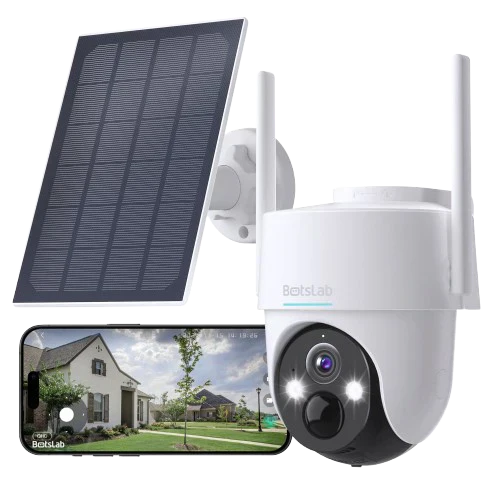
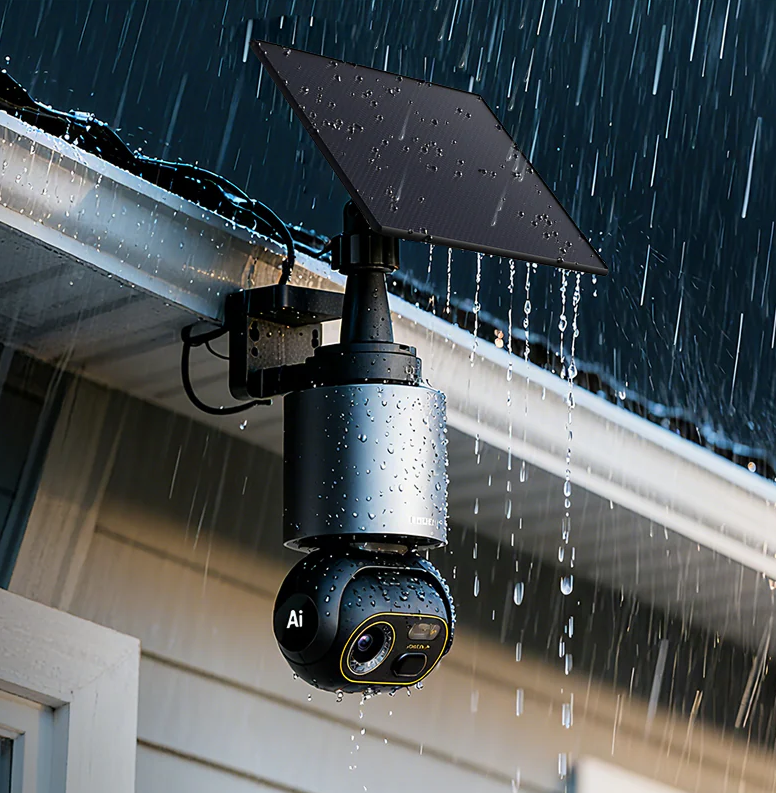
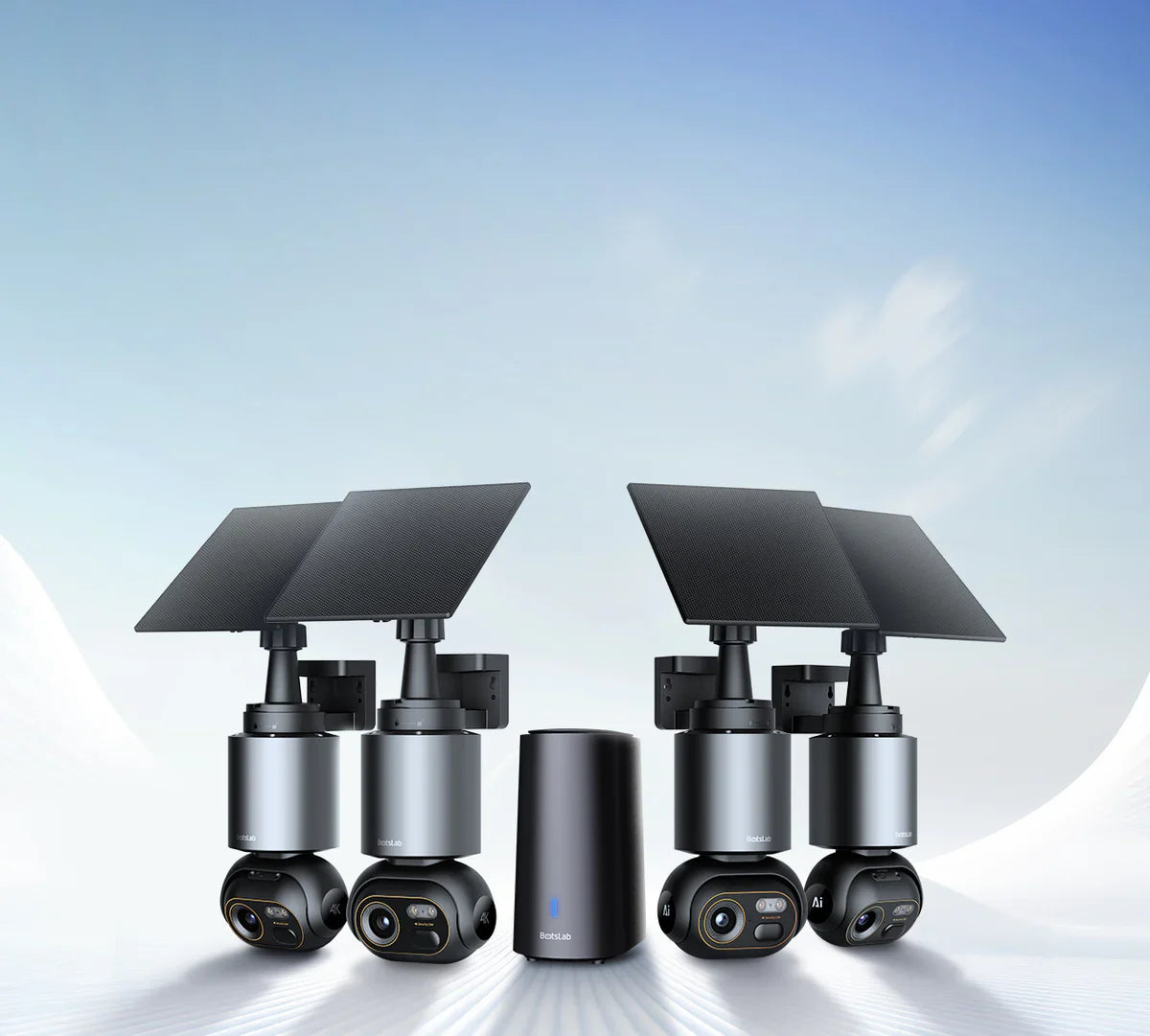
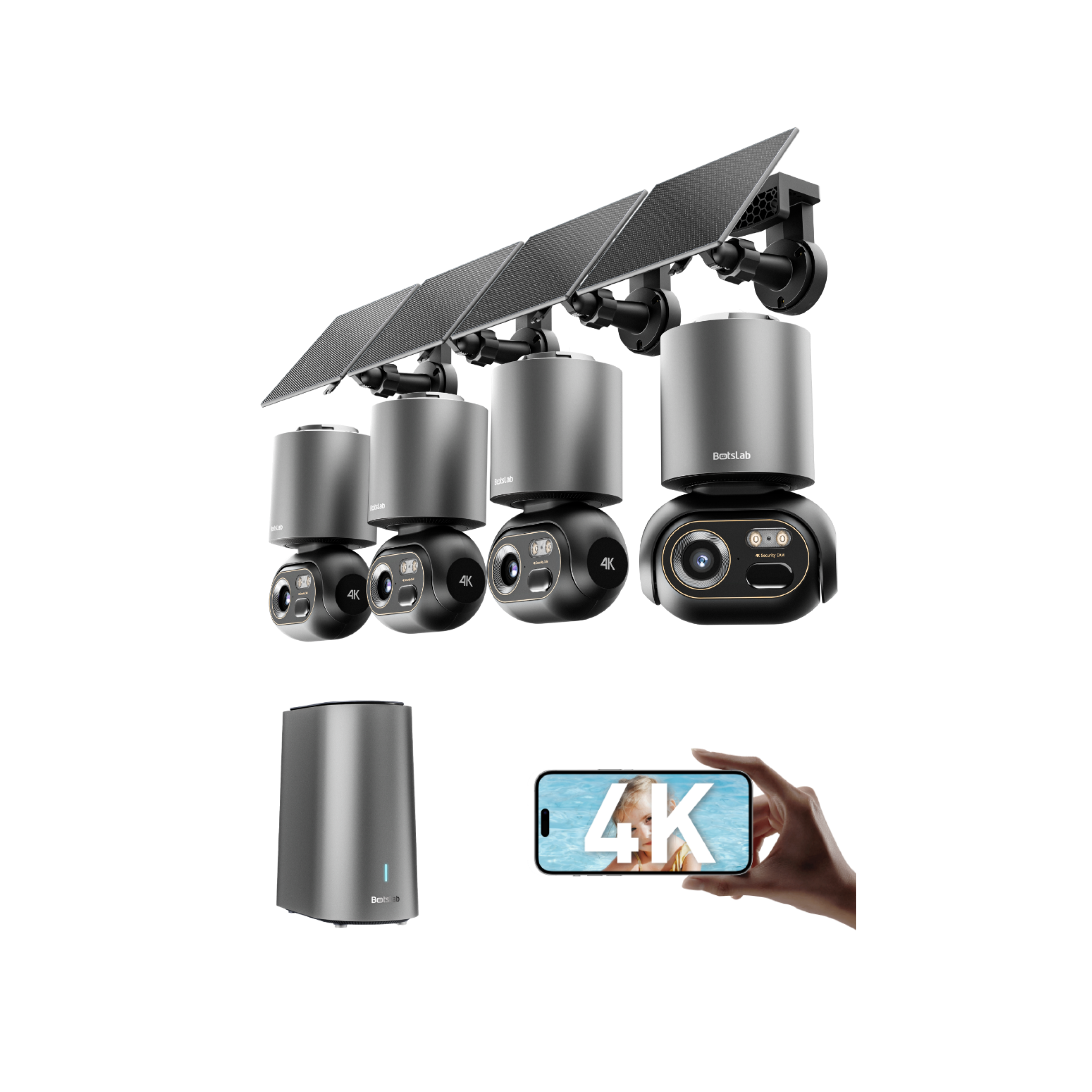

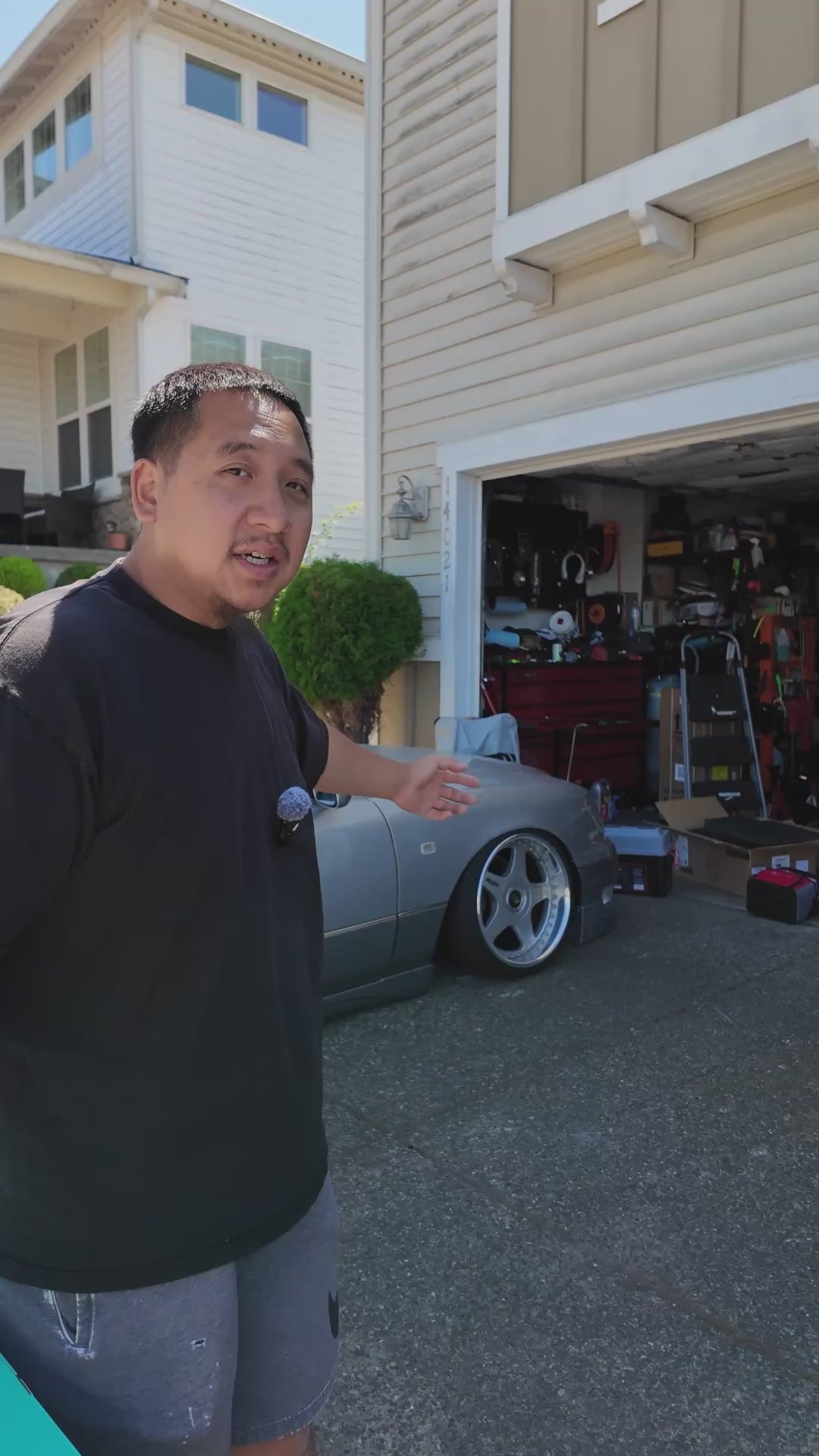
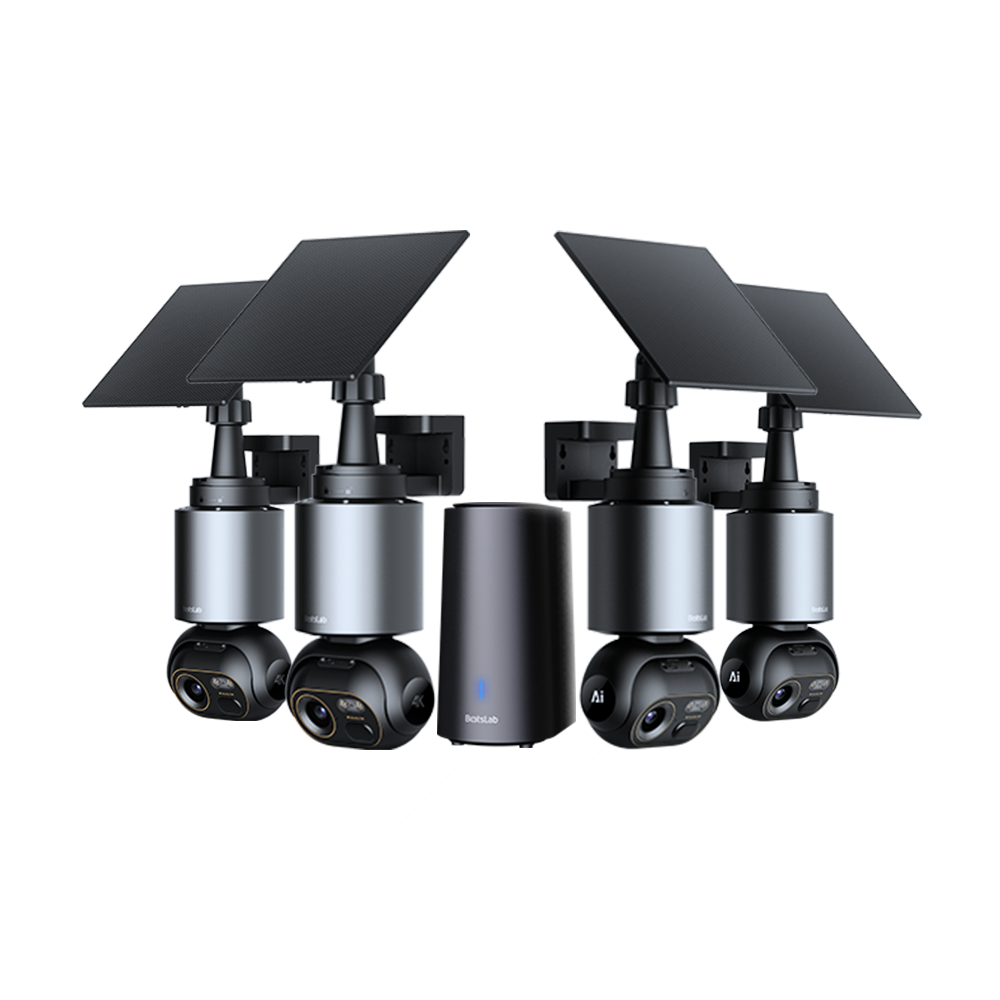
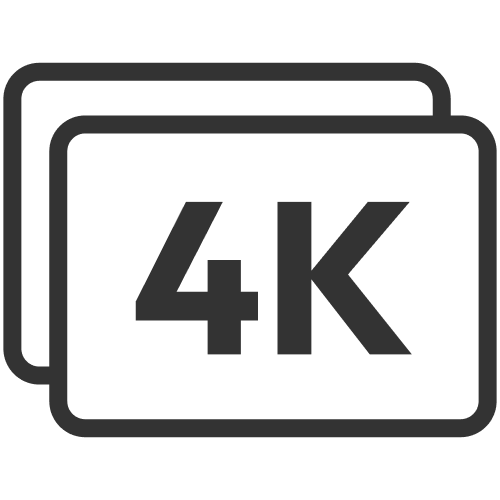

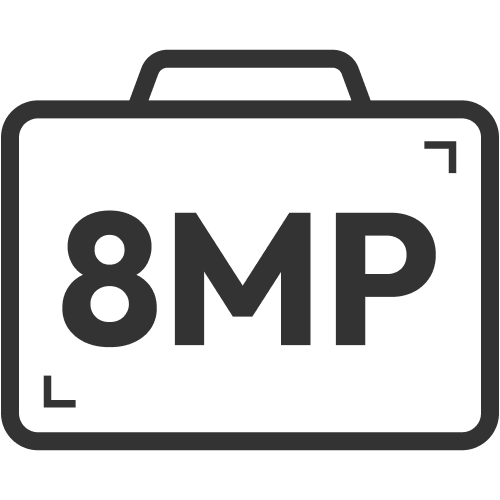

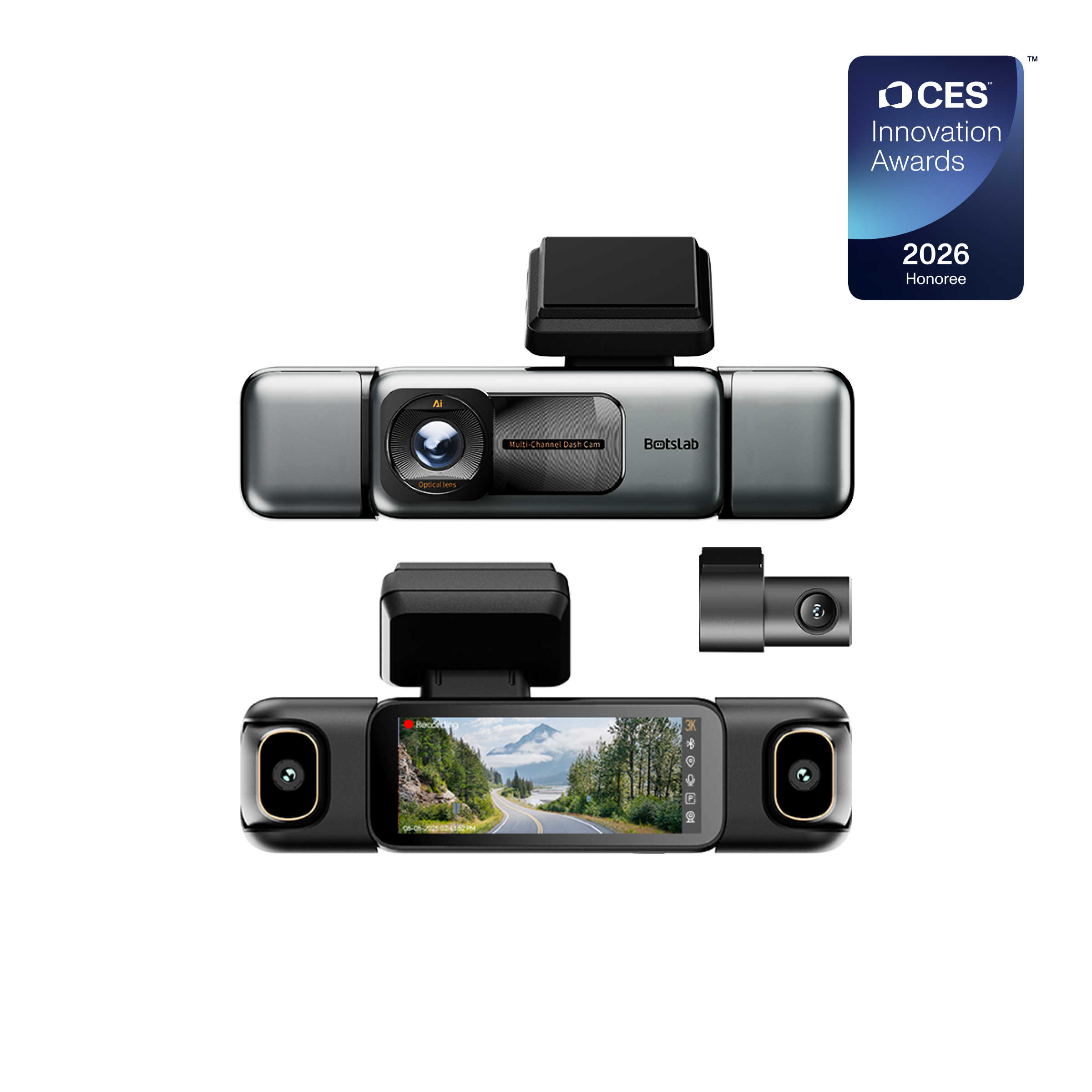
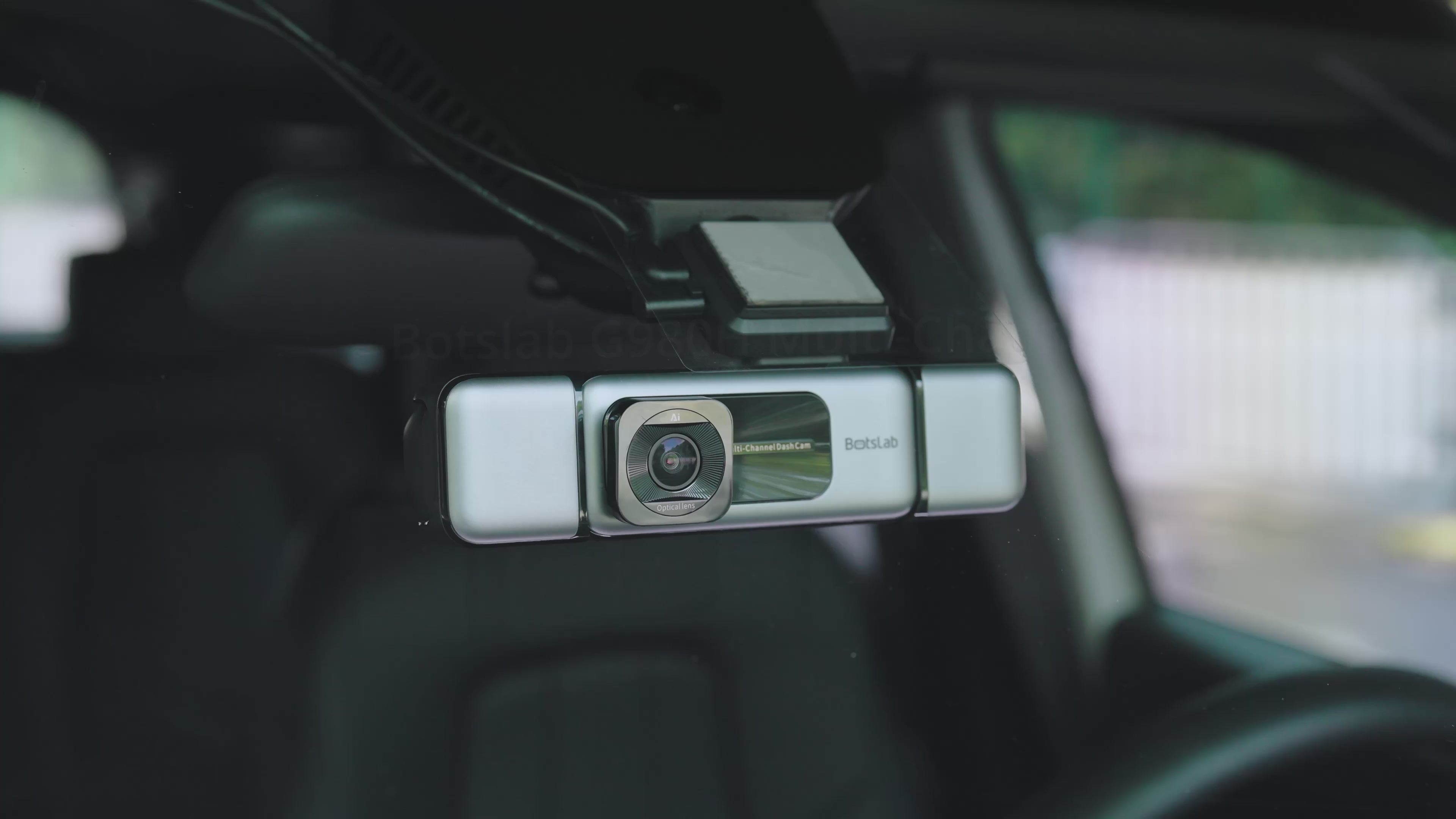
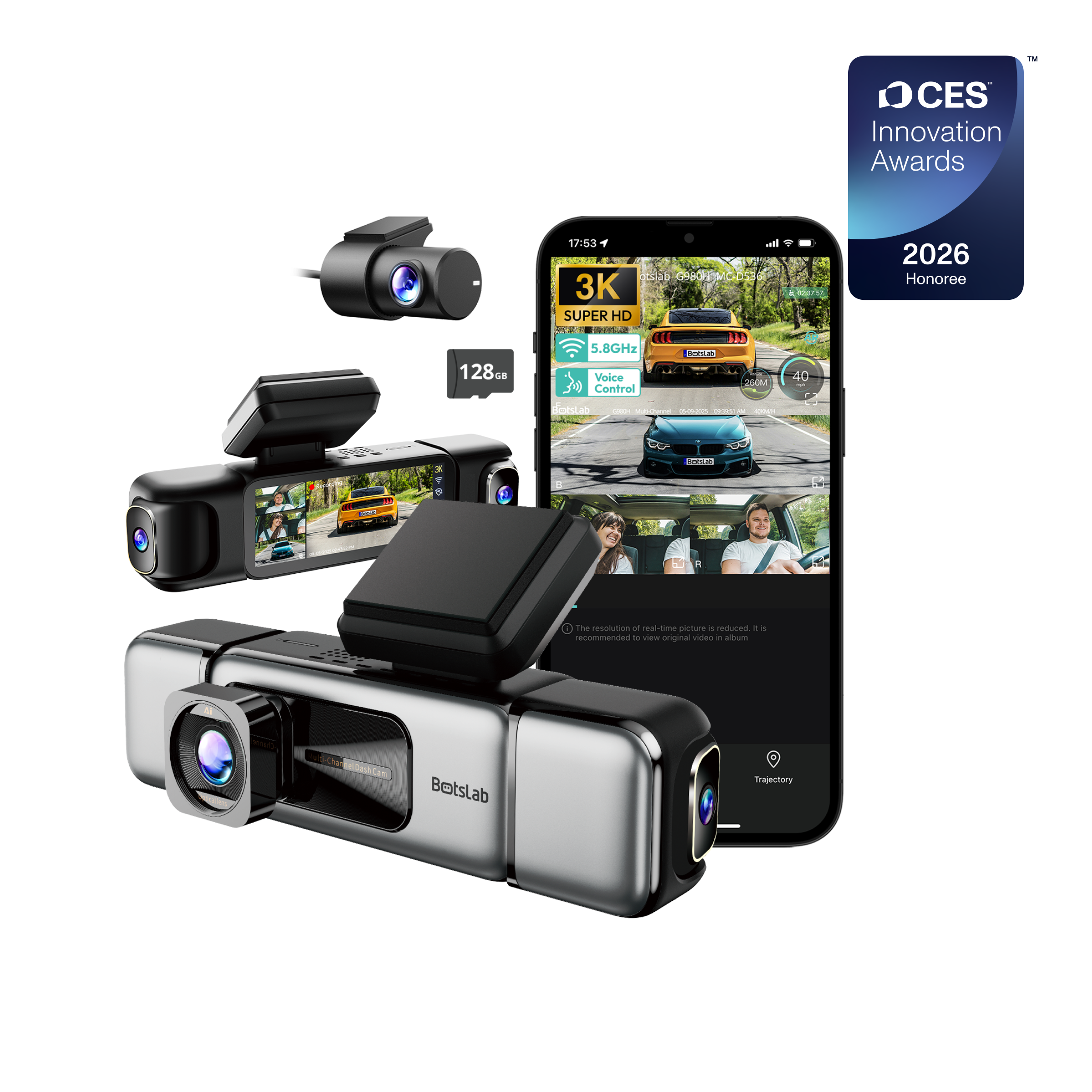
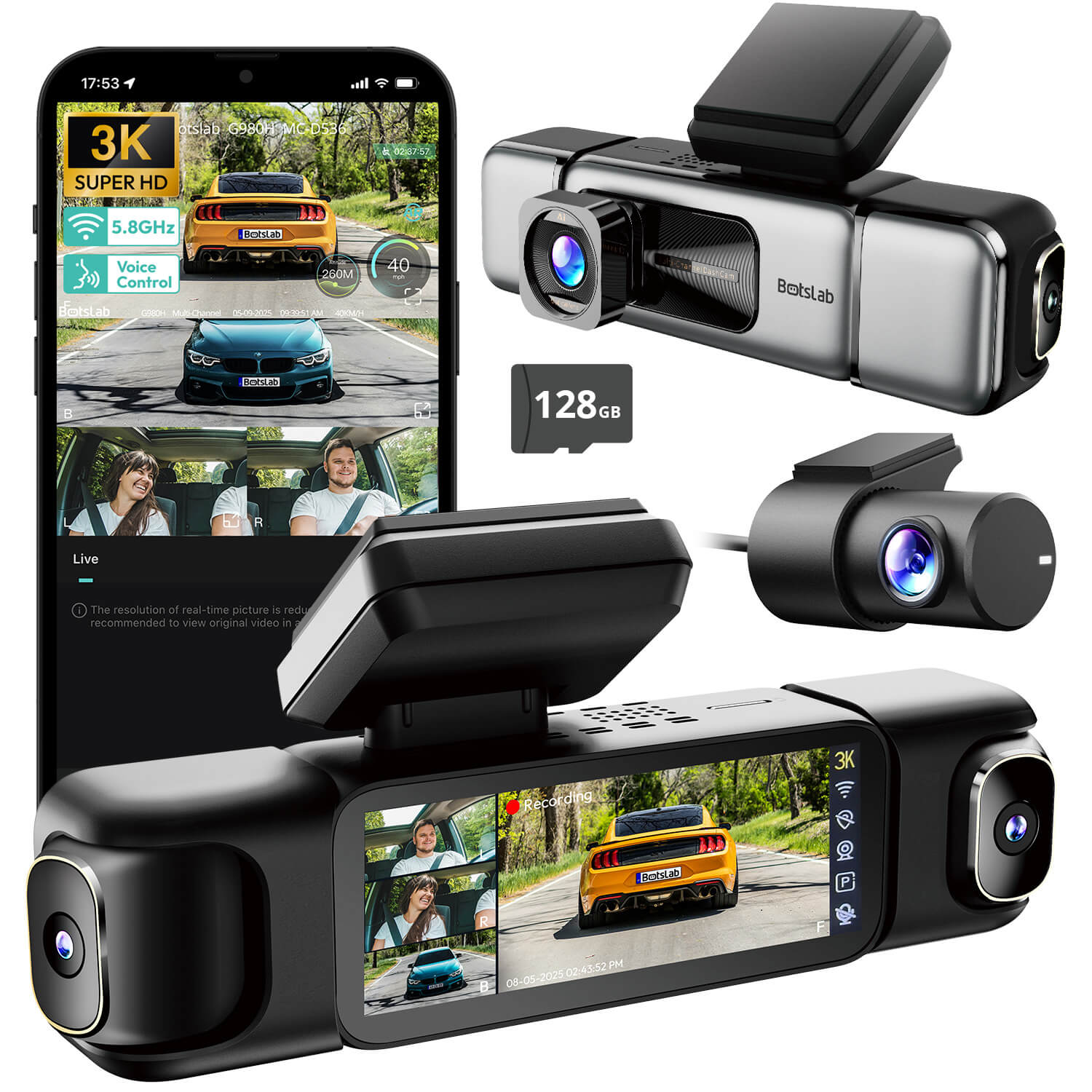
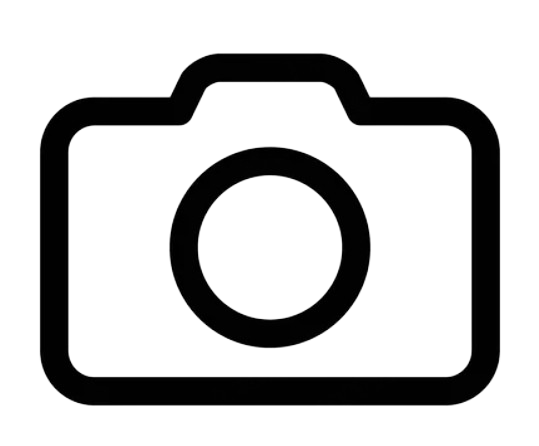

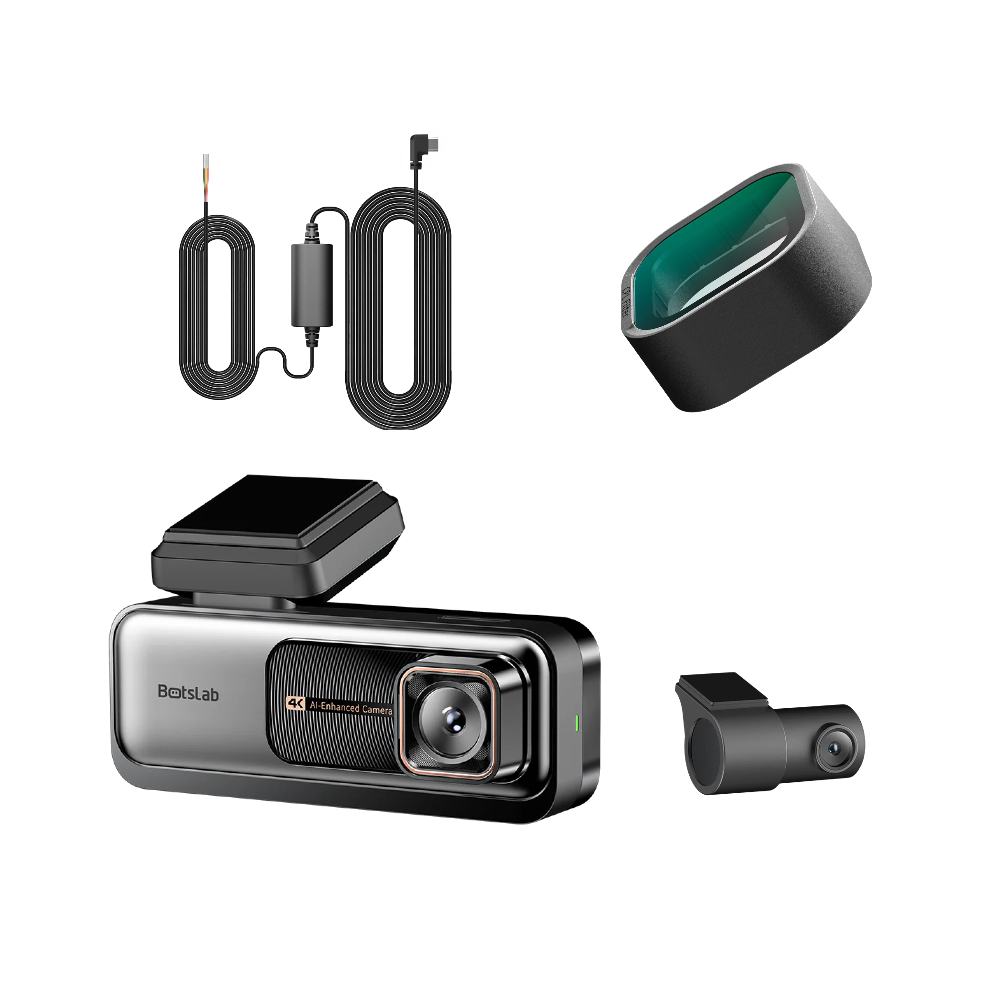
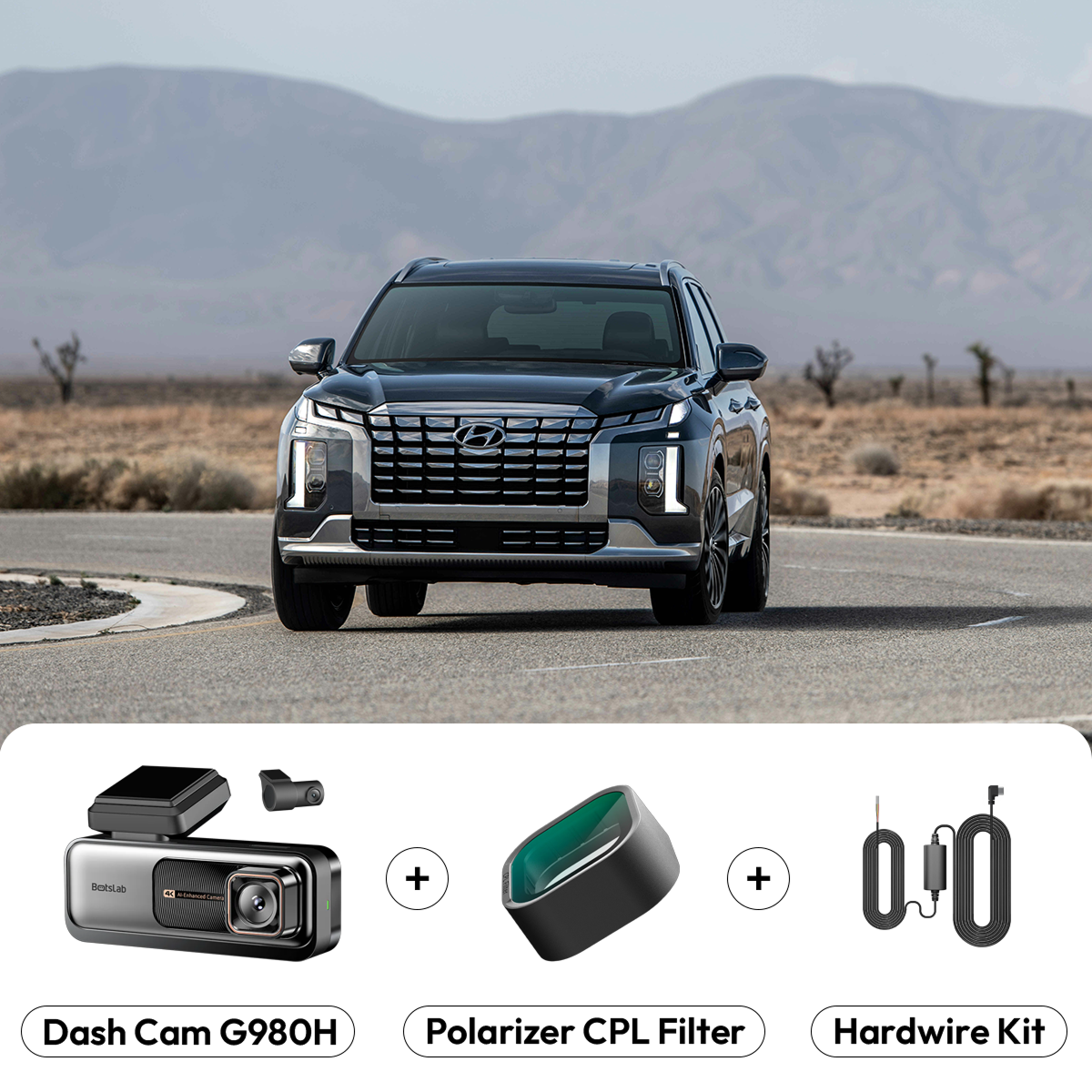

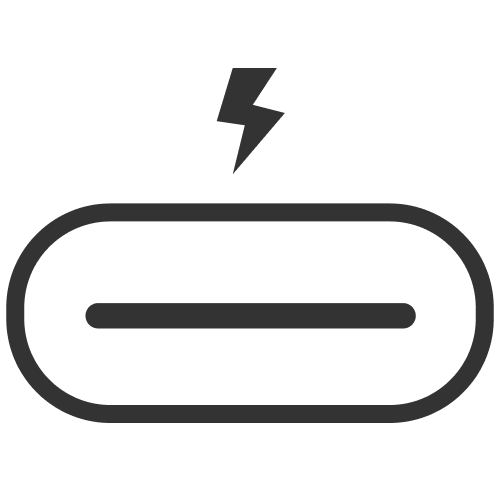
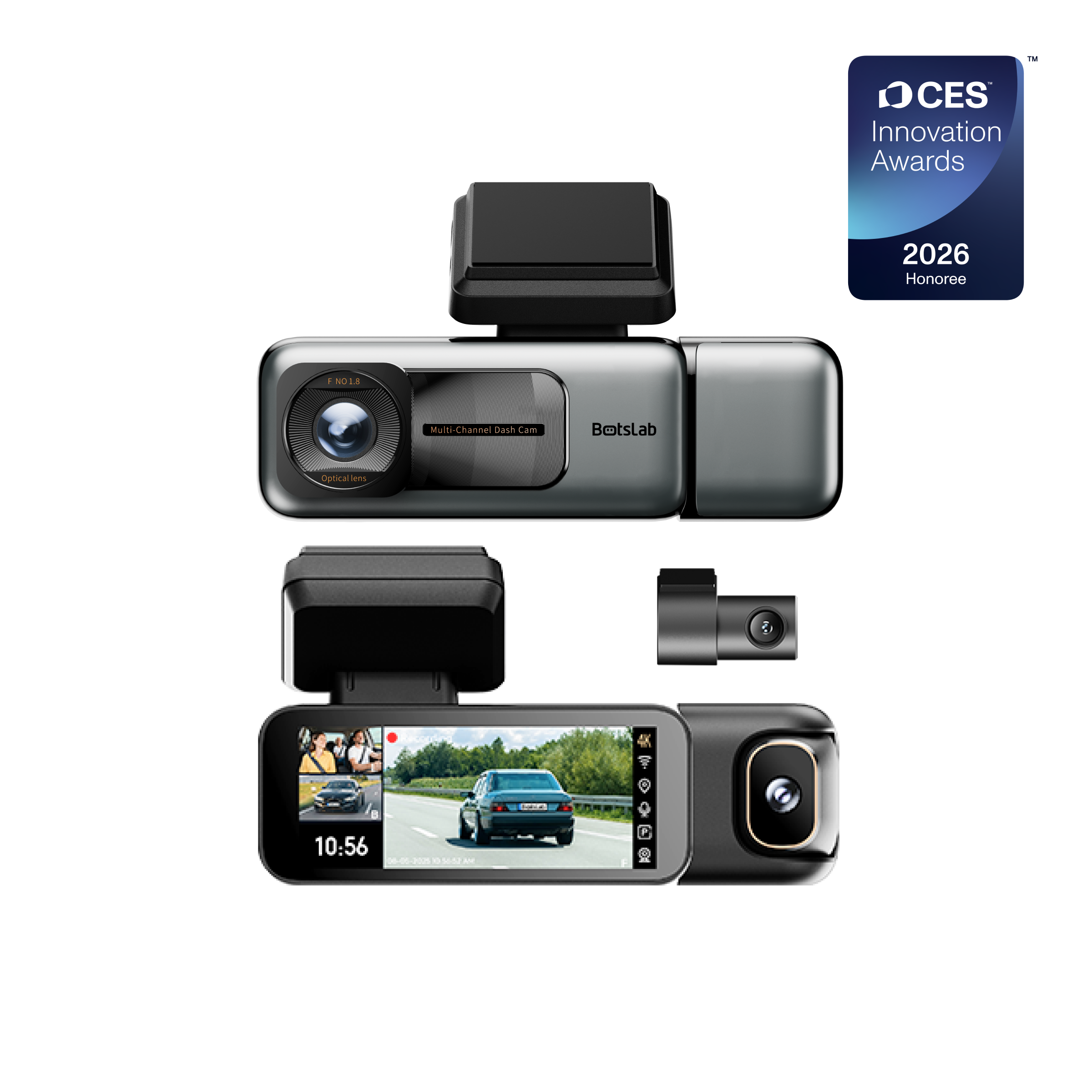
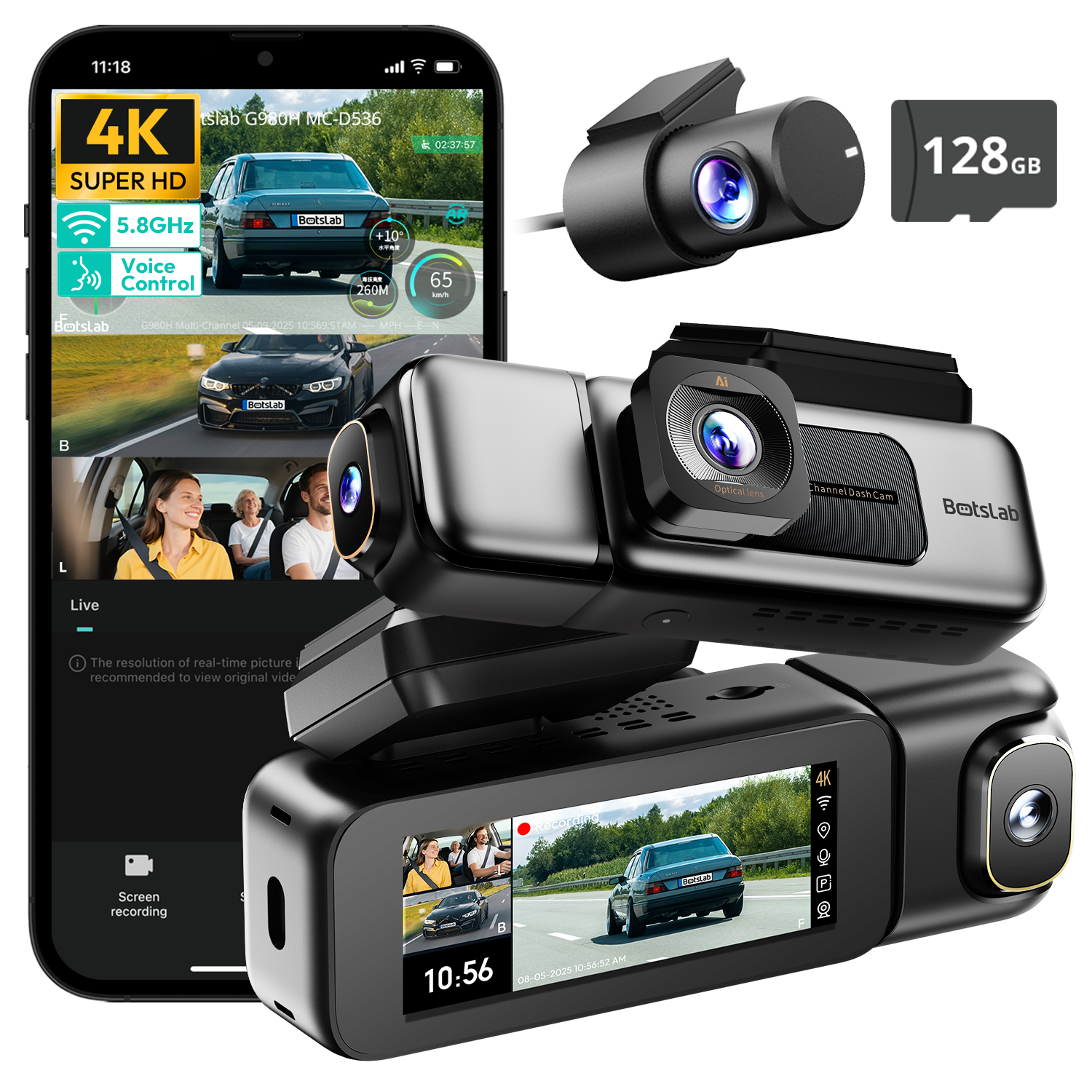
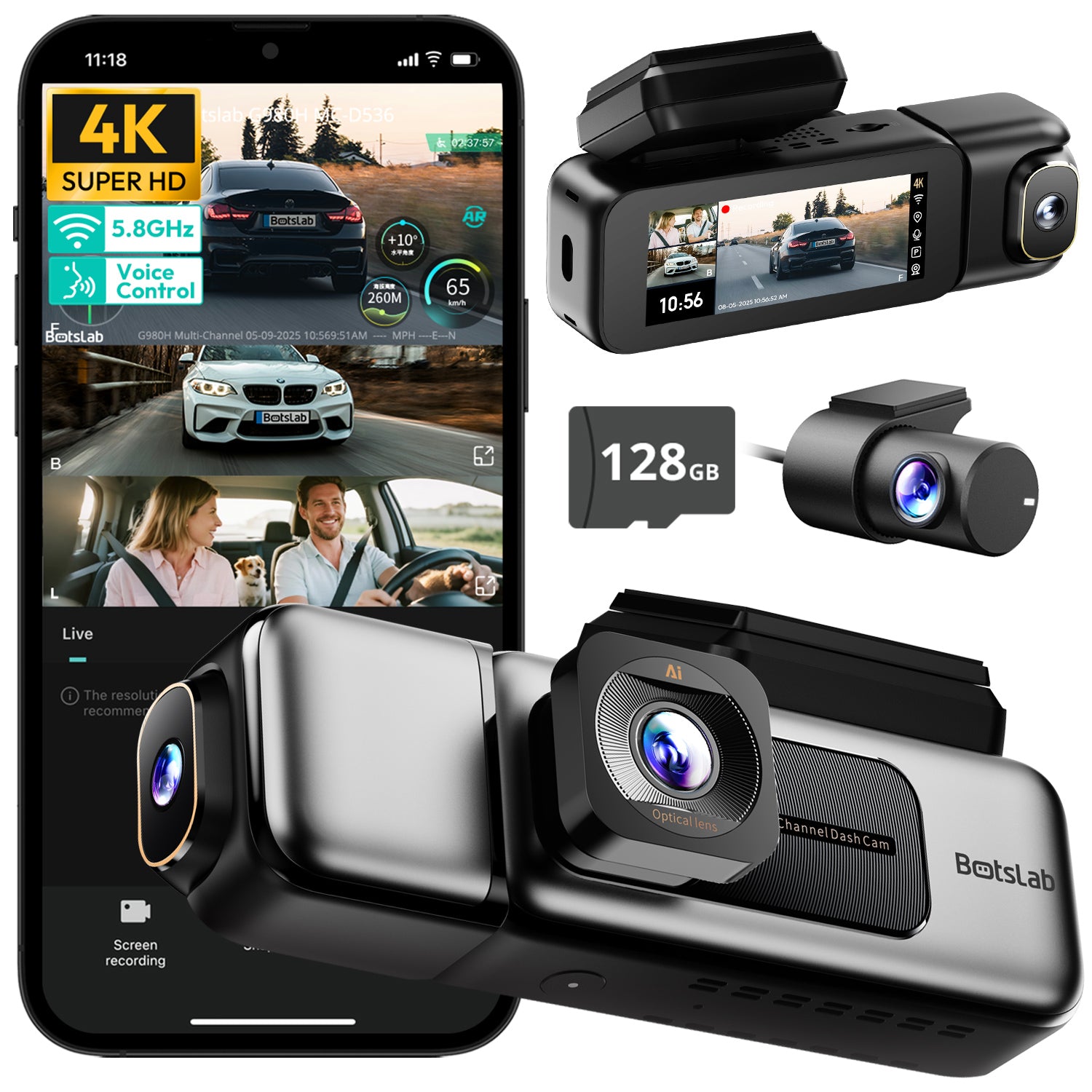
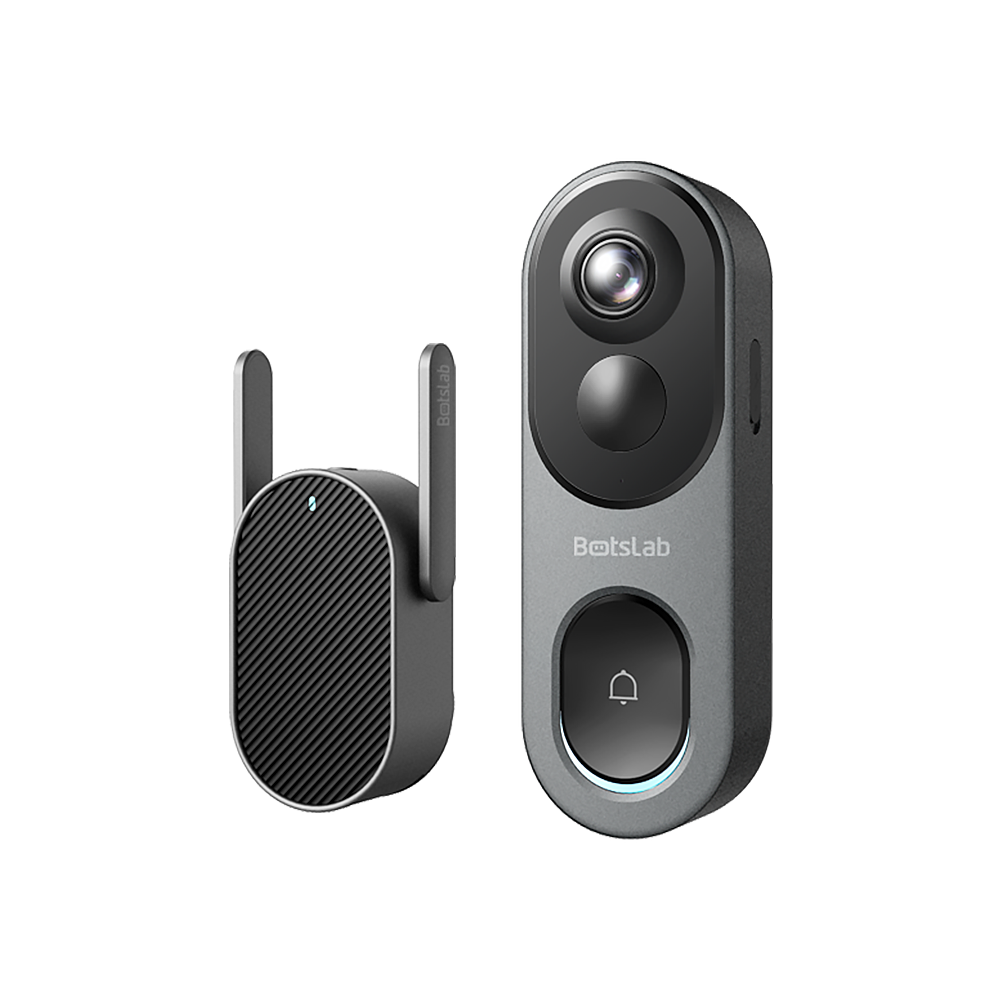
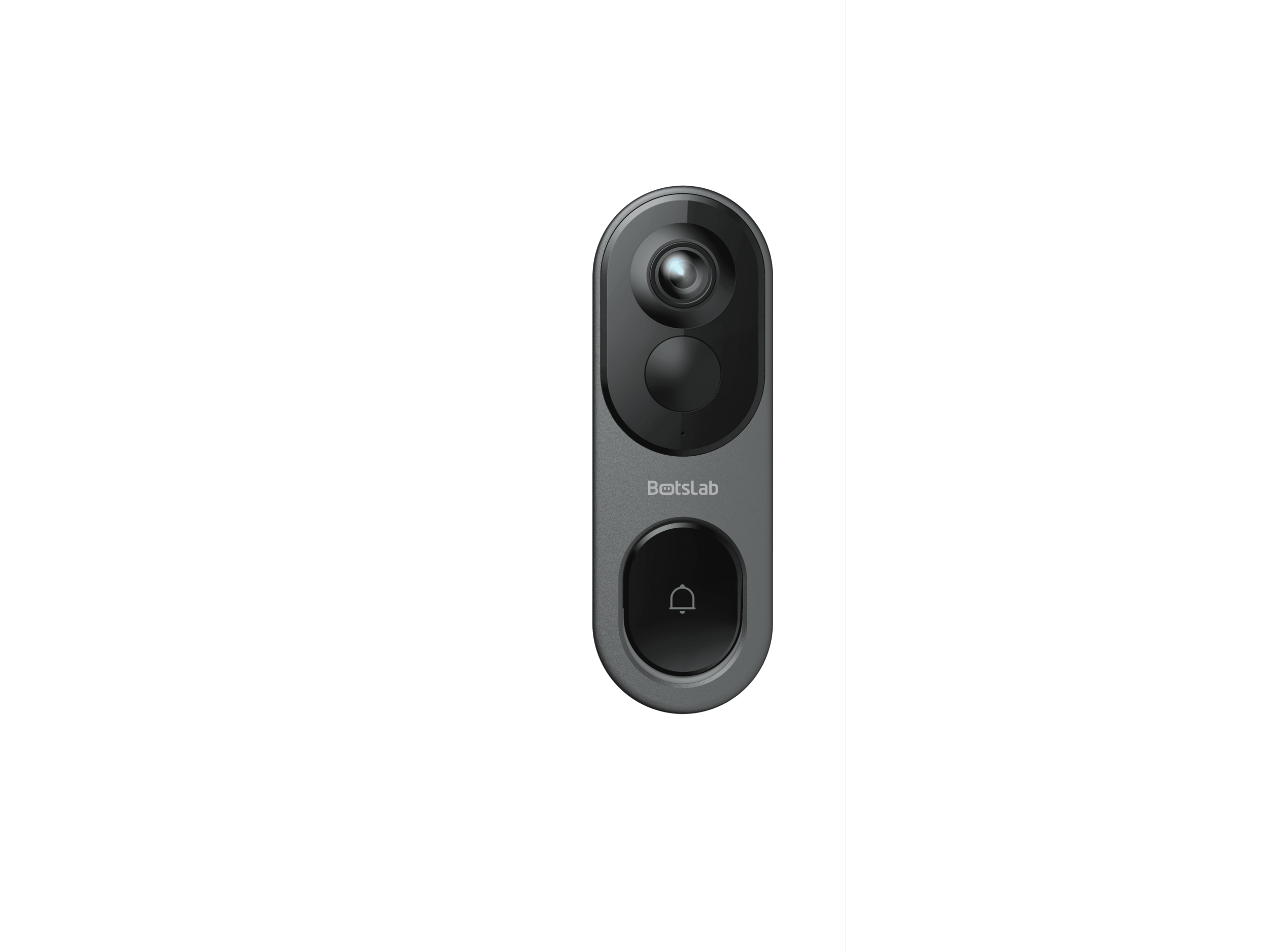
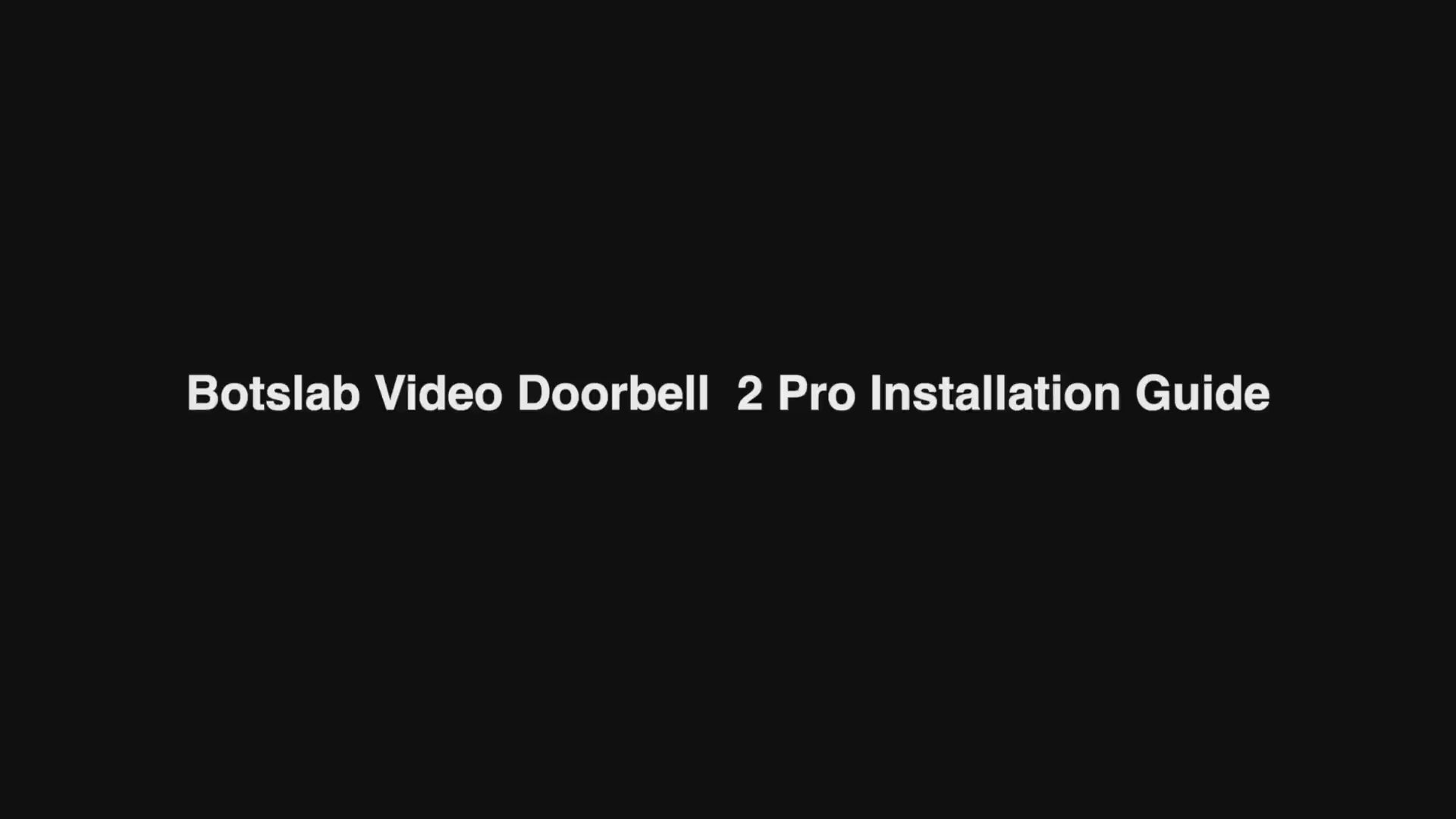
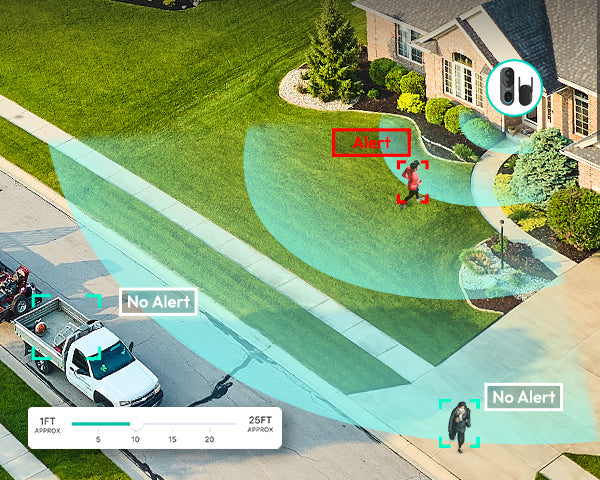
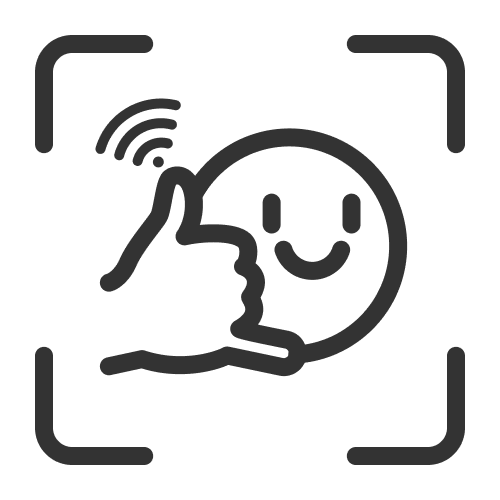

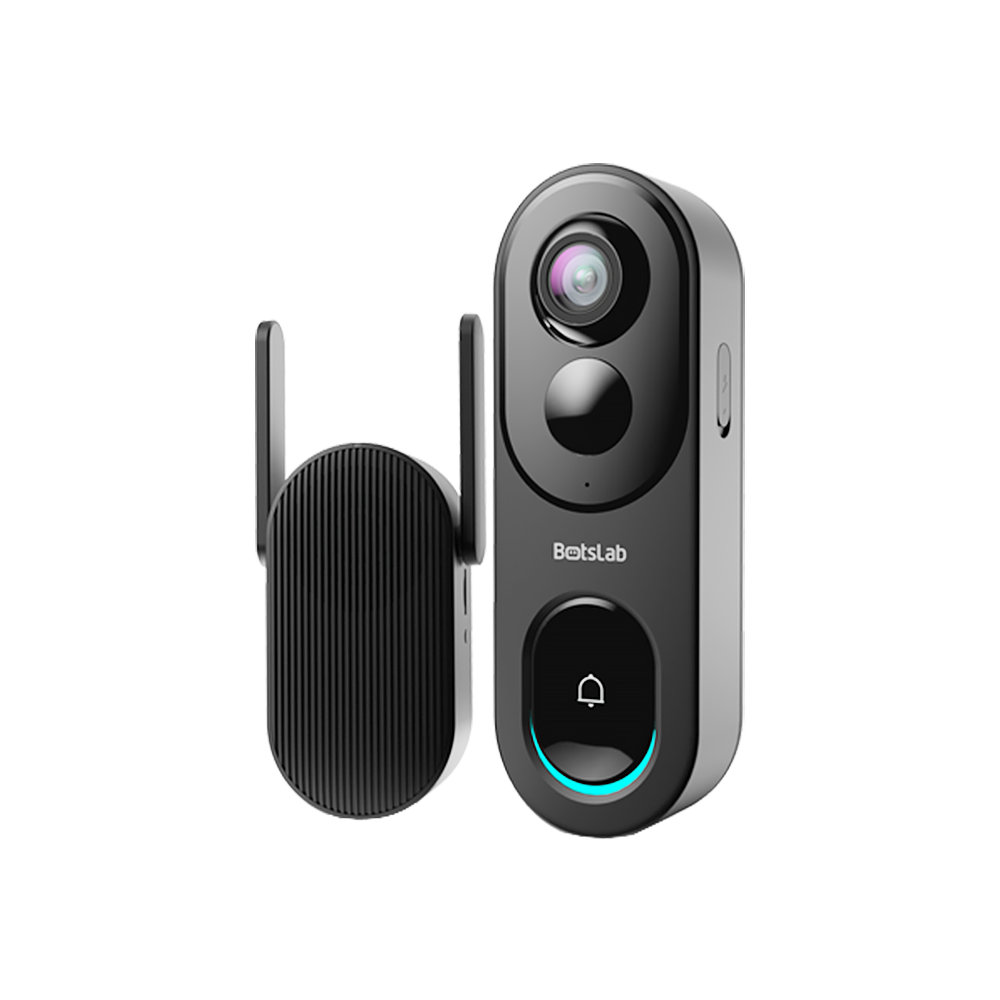
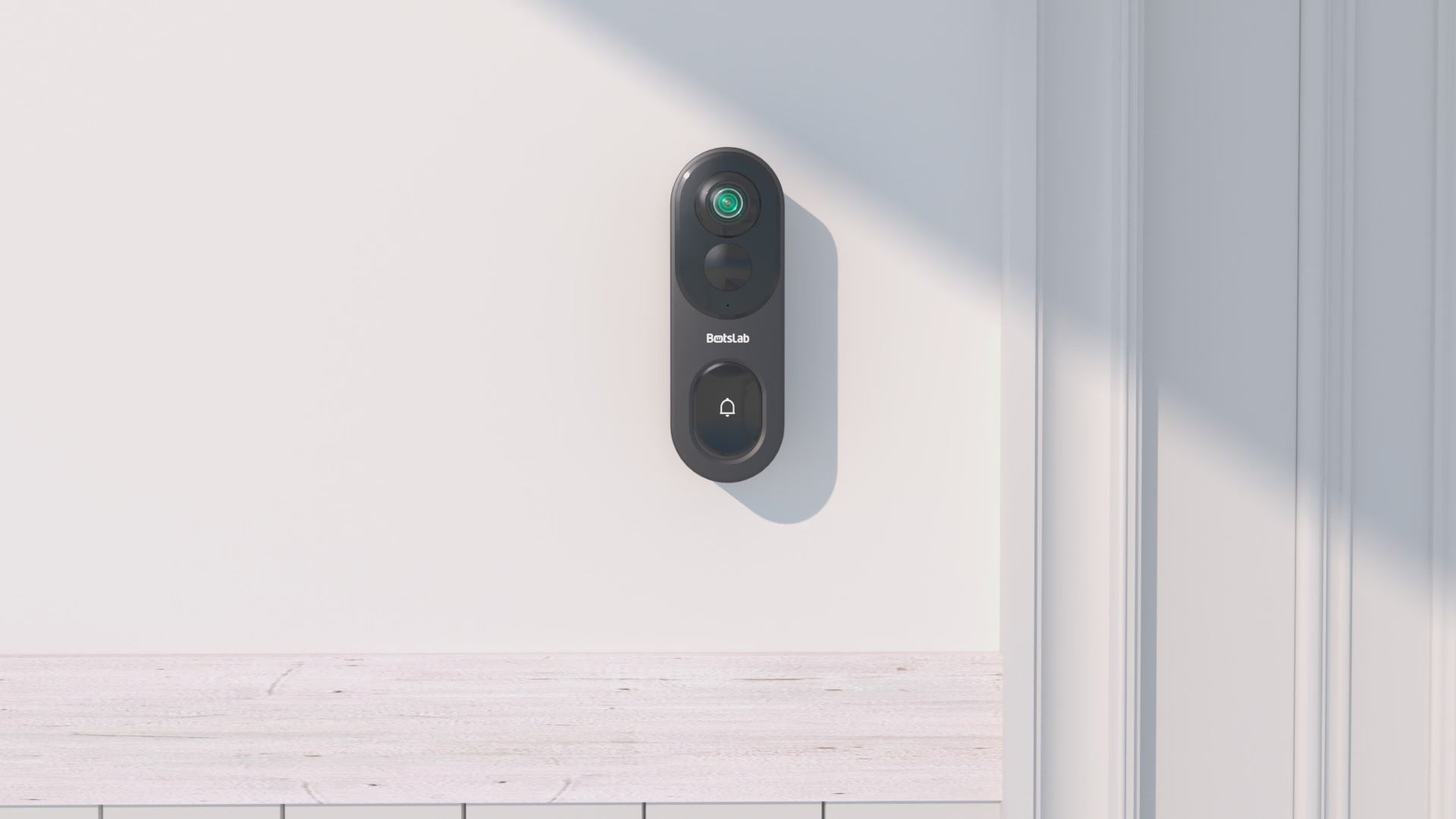
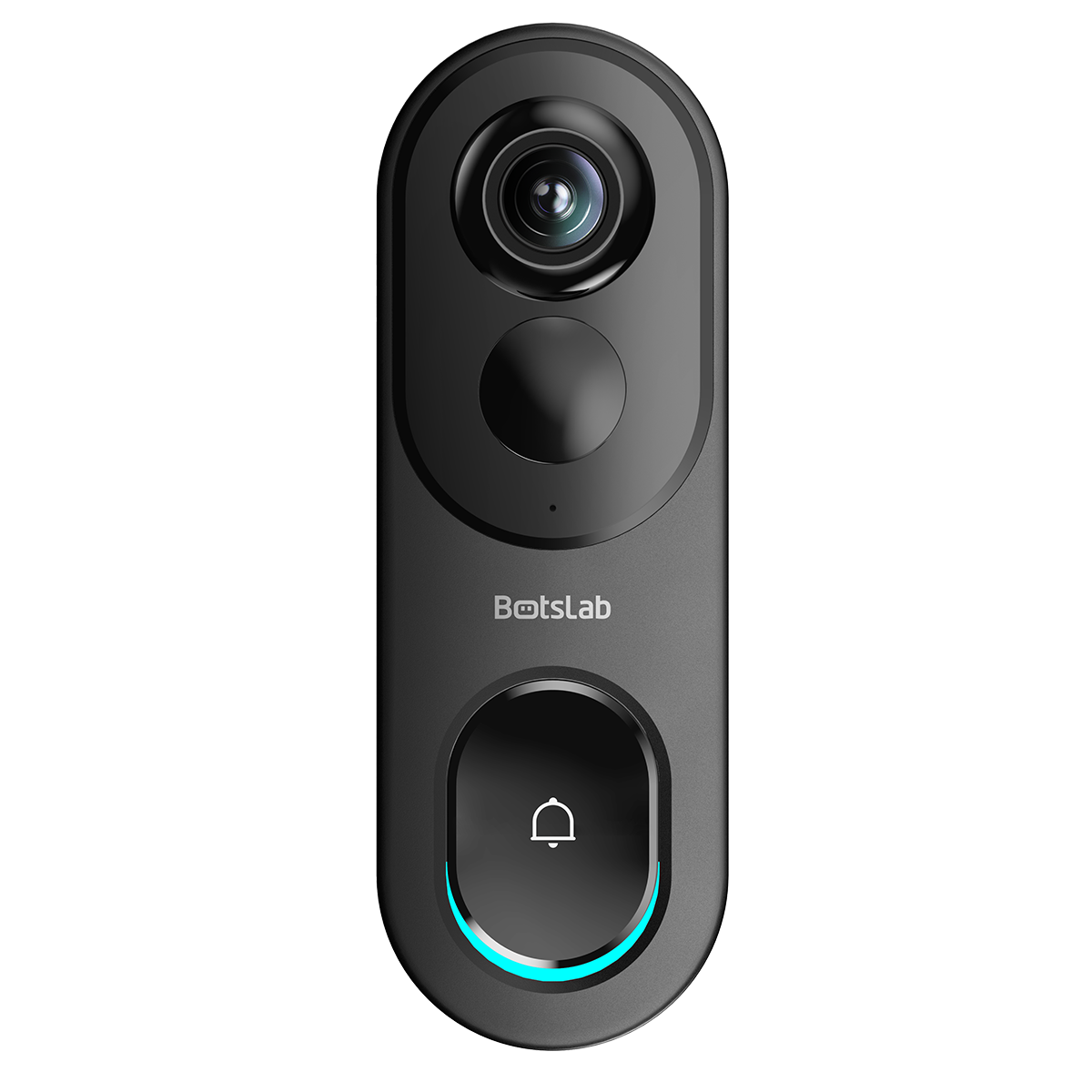

Share:
Wired vs Wireless 8 Camera Security Systems Which Is Right for You
Top 4 Channel Dash Cams for Cars and Trucks in 2025